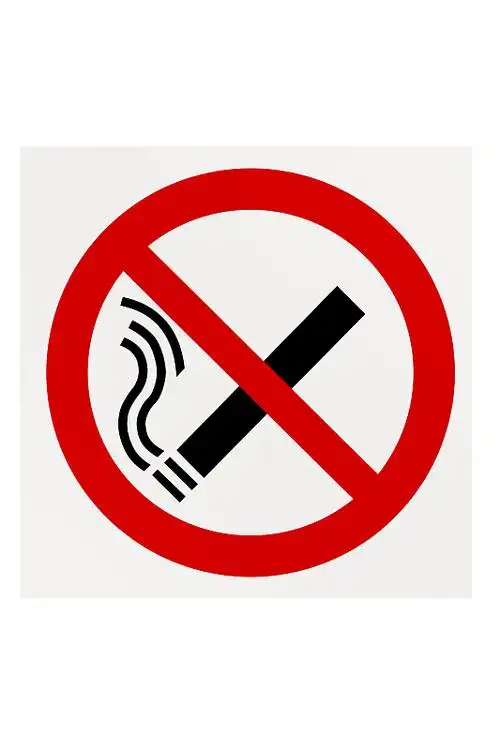Tobacco Aggravates Asbestosis Lung Function Decline Rate
Introduction
Asbestosis is a chronic lung disease caused by prolonged exposure to asbestos fibers, leading to pulmonary fibrosis and progressive respiratory impairment. While asbestos exposure is the primary cause, emerging research highlights the synergistic detrimental effects of tobacco smoke on lung function decline in asbestosis patients. This article explores how tobacco use exacerbates the progression of asbestosis, accelerating lung function deterioration and worsening clinical outcomes.
Understanding Asbestosis and Its Pathophysiology
Asbestosis develops when inhaled asbestos fibers lodge in the lung tissue, triggering chronic inflammation, fibroblast activation, and collagen deposition. Over time, this results in irreversible scarring (fibrosis), reducing lung elasticity and impairing gas exchange. Symptoms include dyspnea, chronic cough, and reduced exercise tolerance.
Pulmonary function tests (PFTs) in asbestosis patients typically show restrictive lung patterns, characterized by decreased forced vital capacity (FVC) and diffusion capacity (DLCO). The disease progresses slowly, but co-exposure to tobacco smoke significantly worsens lung function decline.
The Role of Tobacco Smoke in Accelerating Lung Damage
Tobacco smoke contains thousands of harmful chemicals, including carcinogens and irritants that exacerbate lung injury. When combined with asbestos exposure, tobacco smoke amplifies oxidative stress, inflammation, and fibrosis through multiple mechanisms:
1. Enhanced Oxidative Stress and Inflammation
Both asbestos fibers and tobacco smoke generate reactive oxygen species (ROS), overwhelming the lungs' antioxidant defenses. ROS promote alveolar epithelial cell damage, fibroblast proliferation, and extracellular matrix deposition, accelerating fibrosis.
2. Impaired Mucociliary Clearance
Tobacco smoke paralyzes cilia in the airways, reducing the lungs' ability to clear asbestos fibers. This prolongs fiber retention, increasing tissue damage and fibrosis progression.
3. Synergistic Carcinogenic Effects
Asbestos and tobacco smoke synergistically increase the risk of lung cancer. Studies show that smokers with asbestosis have a 50-90 times higher lung cancer risk than non-smokers without asbestos exposure.
4. Accelerated Decline in Pulmonary Function
Longitudinal studies reveal that asbestosis patients who smoke experience a faster decline in FVC and DLCO compared to non-smokers. The combined insult of tobacco and asbestos leads to more severe airflow obstruction and earlier respiratory failure.
Clinical Evidence Supporting Tobacco’s Aggravating Role
Several studies demonstrate the adverse impact of smoking on asbestosis progression:
- A 2015 Cohort Study found that smokers with asbestosis had a 30% faster annual decline in FVC than non-smokers.
- Research from the American Thoracic Society showed that smoking cessation slowed lung function decline in asbestosis patients, underscoring tobacco's modifiable risk.
- Pathological Studies reveal that smokers with asbestosis exhibit more severe fibrosis and emphysema-like changes compared to non-smokers.
Management Strategies: Smoking Cessation as a Key Intervention
Given tobacco’s detrimental effects, smoking cessation is critical in managing asbestosis. Strategies include:
- Behavioral Counseling – Providing structured support to help patients quit.
- Pharmacotherapy – Nicotine replacement therapy (NRT), varenicline, or bupropion can aid cessation.
- Pulmonary Rehabilitation – Exercise and breathing techniques improve lung function and quality of life.
- Regular Monitoring – Serial PFTs help track disease progression and guide therapy adjustments.
Conclusion
Tobacco smoke significantly worsens the progression of asbestosis by accelerating lung function decline, increasing fibrosis, and raising cancer risk. Smoking cessation remains the most effective intervention to slow disease progression and improve outcomes. Public health efforts should emphasize the dangers of smoking in asbestos-exposed individuals, while clinicians must prioritize smoking cessation support in asbestosis management.
By addressing tobacco use in at-risk populations, we can mitigate the compounded damage of asbestos and smoking, preserving lung function and enhancing survival rates.
Tags: #Asbestosis #TobaccoSmoking #LungFunction #PulmonaryFibrosis #SmokingCessation #OccupationalLungDisease












